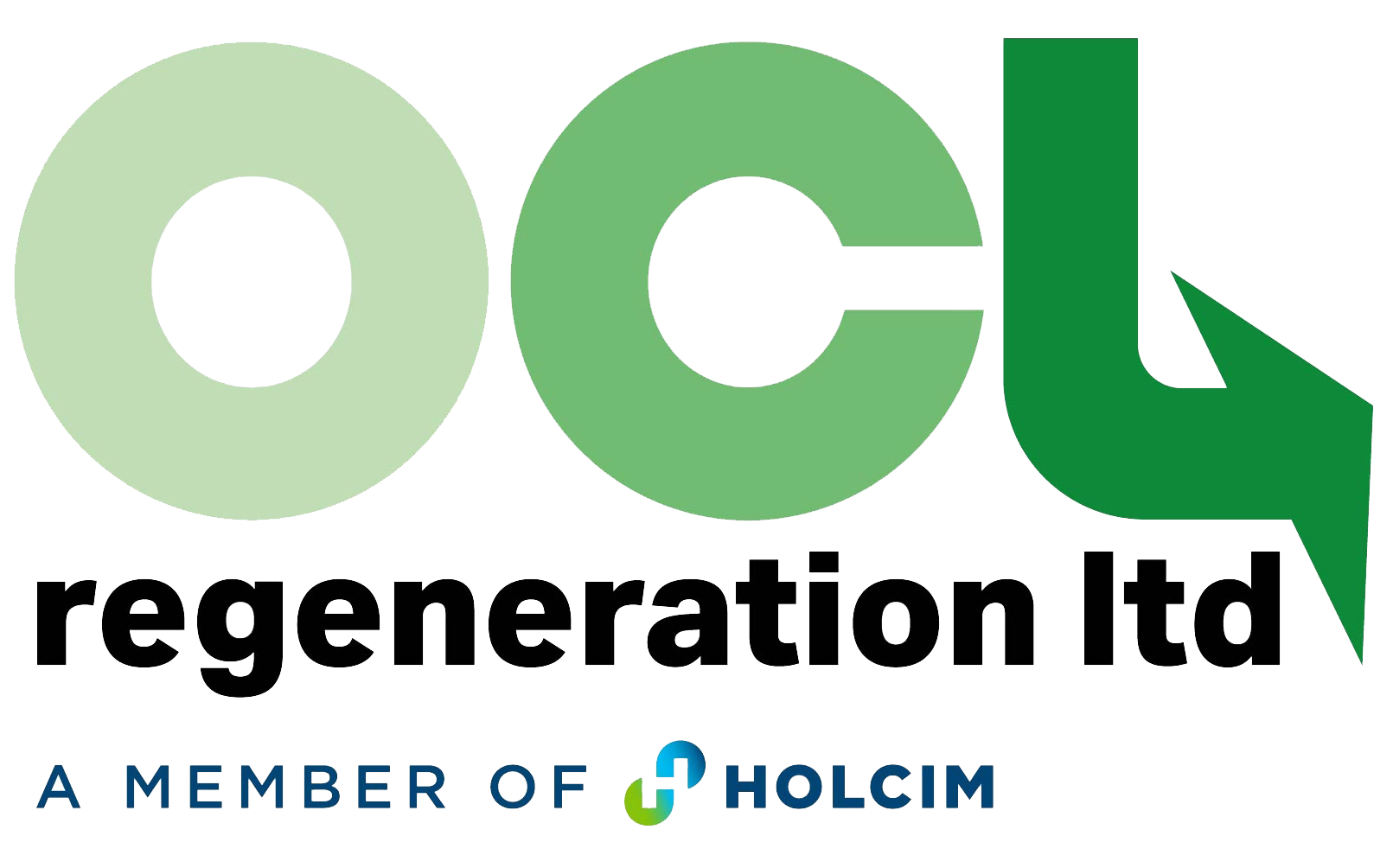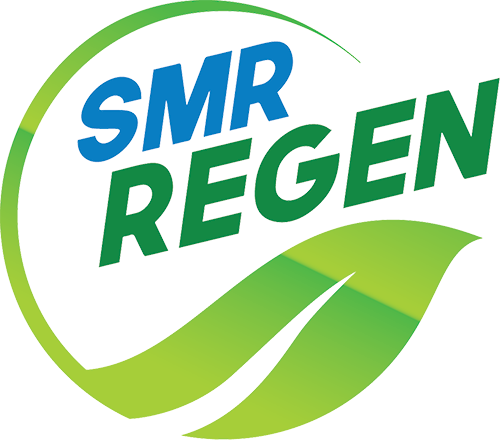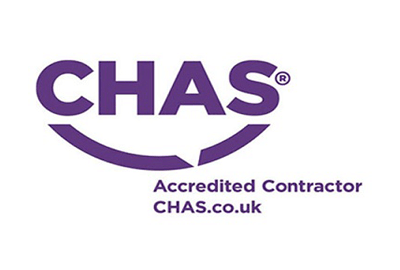THE CHALLENGE
Lavender Hill is one of the London Borough of Enfield’s busiest classified roads, linking to The Ridgeway (A1005) which goes on to Junction 24 of the M25. It carries both a steady flow of HGV traffic and bus routes. The carriageway was under increasing stress and by 2009, decades of patching and repeated utility trenching had severely compromised the road’s structure. The existing rigid construction of a 50mm asphalt surface over 300mm of concrete slabs, set on a weak clay subgrade had fractured into smaller, unstable sections.
This resulted in:
• Significant vibration and noise affecting nearby properties
• Structural weakness from repeated utility works
• Ongoing resident complaints about ride quality and disturbance
Investigations (trial holes, CBR testing, radar surveys) confirmed the poor condition of the subgrade and depth of existing utilities, meaning a conventional reconstruction would require excavating to 1.3m, directly into live service corridors. A more innovative solution was required to deliver a durable, cost-effective and sustainable long-term fix.
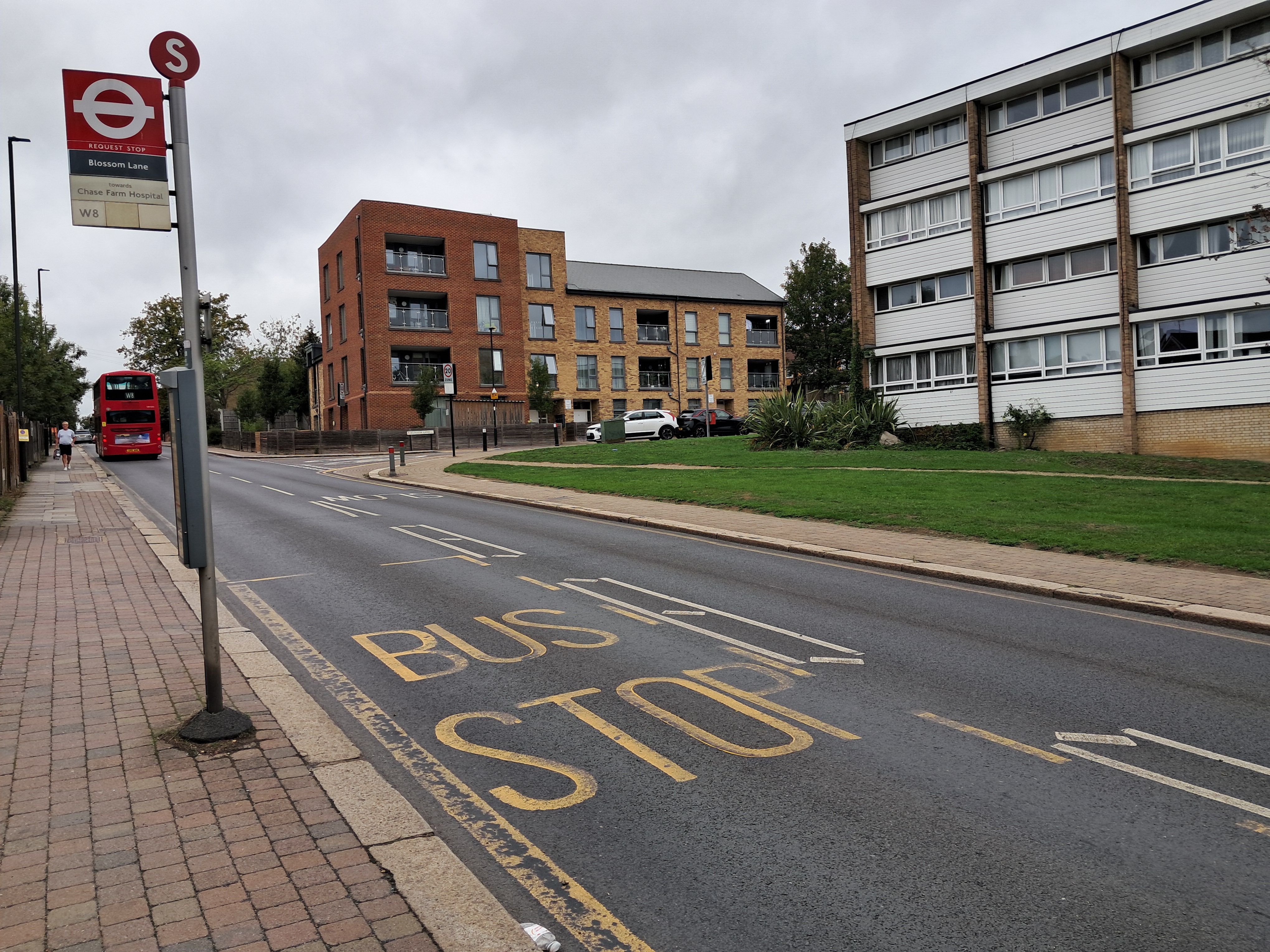
THE SOLUTION
Four reconstruction methods were reviewed. A full-depth reconstruction was chosen as the only viable, long-term solution. This required design innovation to avoid disturbing existing services.
Key innovations included:
• Geogrid: Installed at formation level, reducing construction depth from 1.3m to 600mm, avoiding utility conflicts and reducing excavation depth and Co2e.
• OCL Foamix: 1,440t of Cold Recycled Bound Material replaced traditional heavy-duty macadam. With up to 94% recycled content, low embodied carbon and the ability to be hand-laid. The 200mm treatment provided a high-quality, durable and sustainable finish while allowing safe temporary access for residents during phased works.
• Surface Course: To address noise complaints, a surfacing technology was selected to reduce tyre/road interaction sound by 75%.
The works were delivered between August and October 2009 under full road closure, with phased traffic and resident access plans in place.
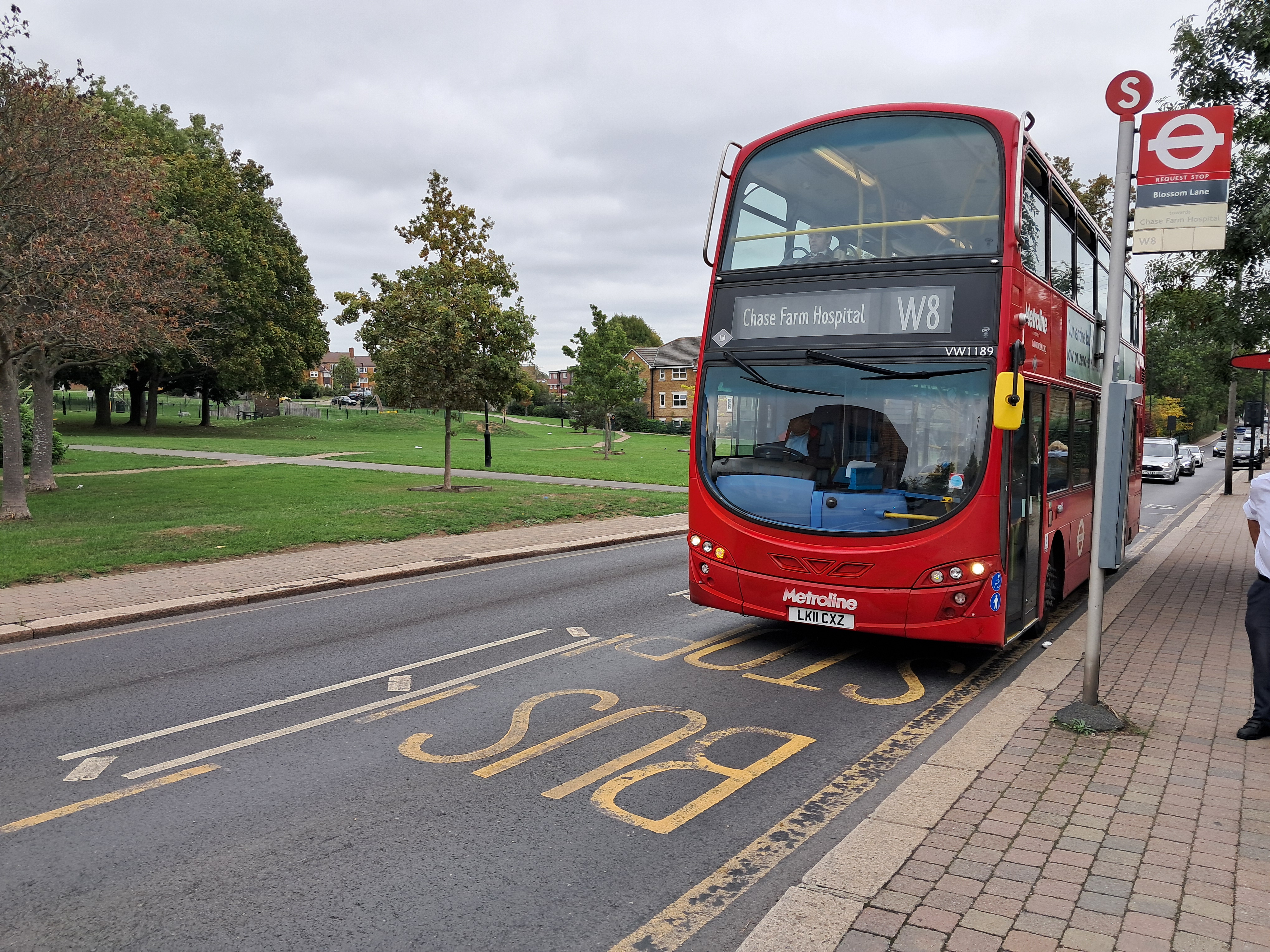
THE OUTCOMES
The project delivered a robust, long-life carriageway reconstruction that has continued to perform well under heavy traffic and challenging subgrade conditions for over 15 years.
Key outcomes:
• Successful use of OCL Foamix in Enfield for the first time – praised by the contractor for ease of placement and by the Council for its long-term performance.
• Durability: No failures on the main carriageway or rutting at bus stops. The Foamix base continues to perform well after 15 years of service.
• Sustainability: Significant reduction in material import/export volumes, carbon emissions and energy use, with recycled local planings into the new structural layer.
• Noise Reduction: The surface course provided measurable improvement in noise levels, improving resident satisfaction.
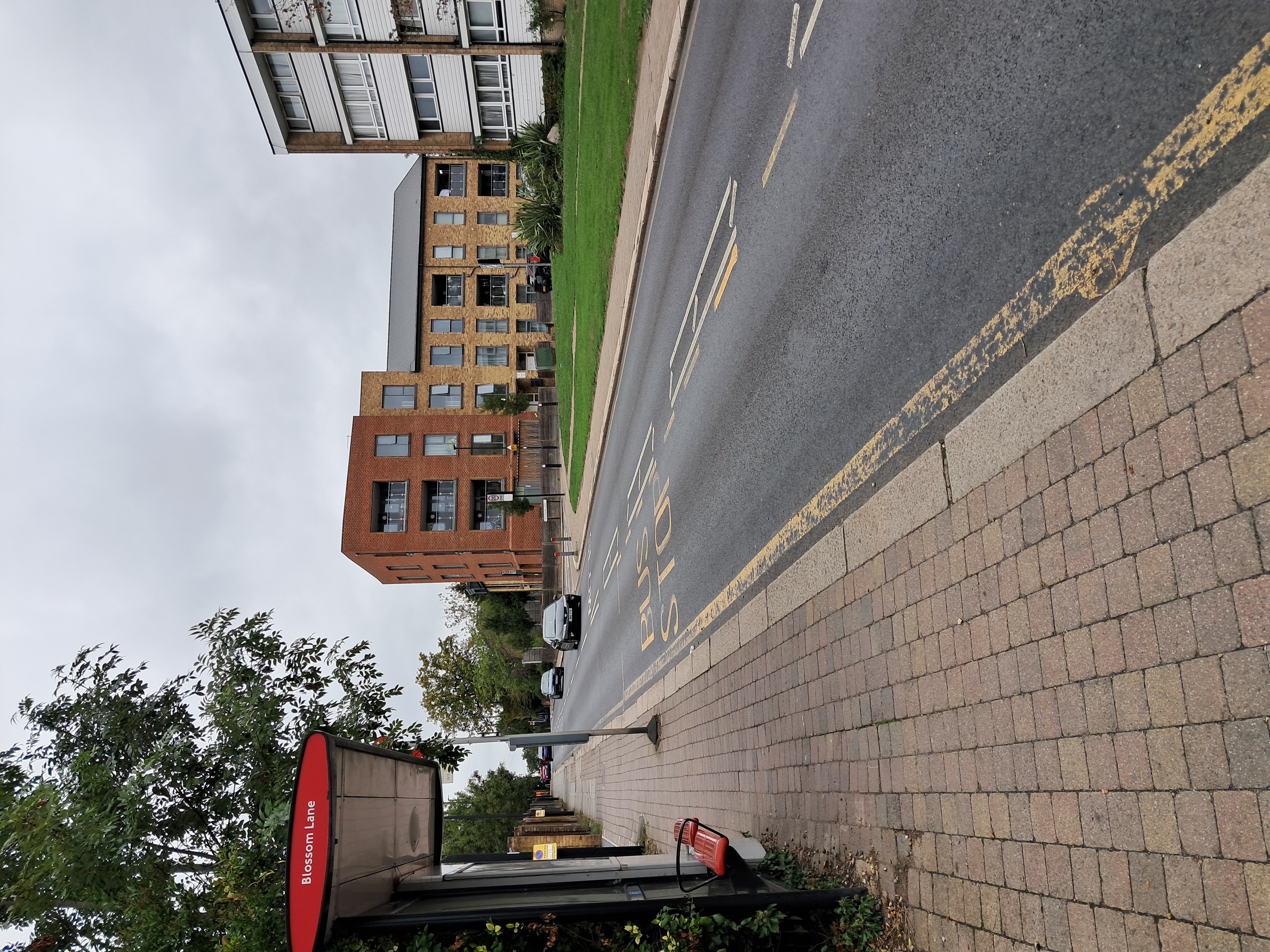
CARBON SAVINGS
Utilising the Foamix material, compared to tradition and hot asphalt Enfield Council was able to save 30 tonnes of Co2e.
THE REVIEW – 15 YEARS ON
Since completion, the reconstructed carriageway has continued to perform:
– No structural deterioration into the weak subgrade
– No rutting or deformation under bus traffic and HGV movements
– In 2020 the surface course was replaced at which time it was confirmed that the pavement remained structurally sound, demonstrating long-term performance and value for money.
“The use of OCL’s Foamix on this project has been very successful. The structure of the carriageway is still sound today, despite the heavy traffic loads and poor clay subgrade. While budgets now limit us mostly to patching works, Lavender Hill demonstrates the long-term value of investing in innovative, recycled materials”.
Darren Bryant, Principal Engineer, London Borough of Enfield
